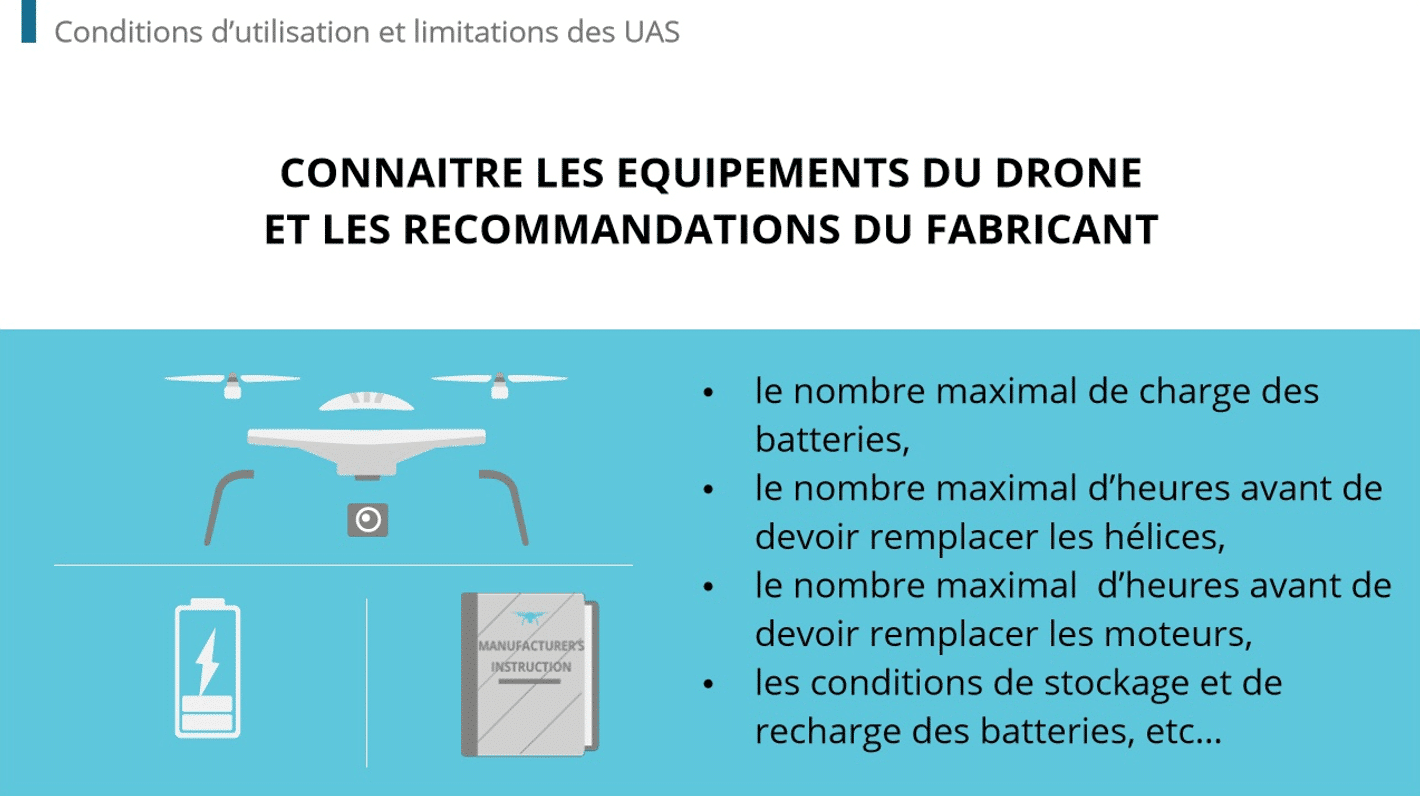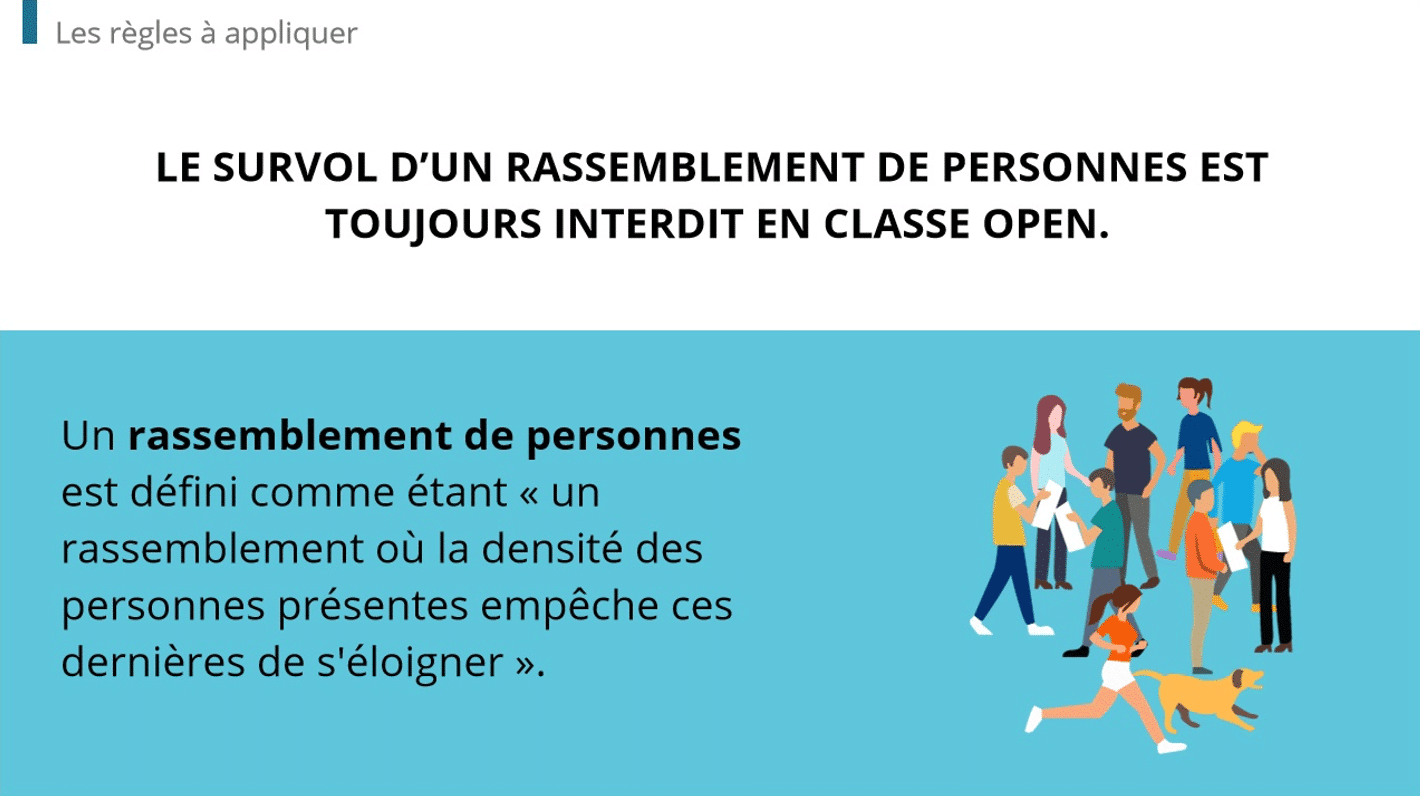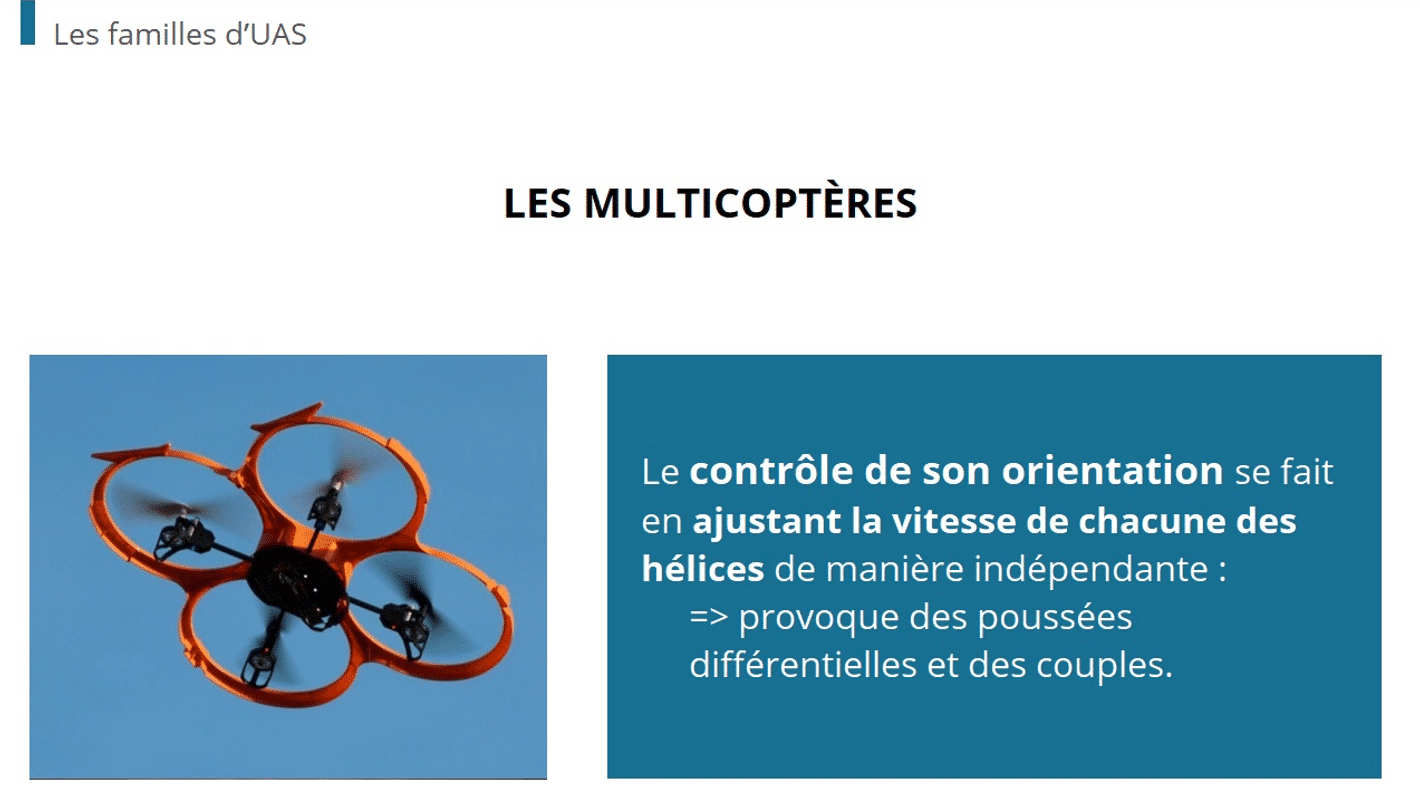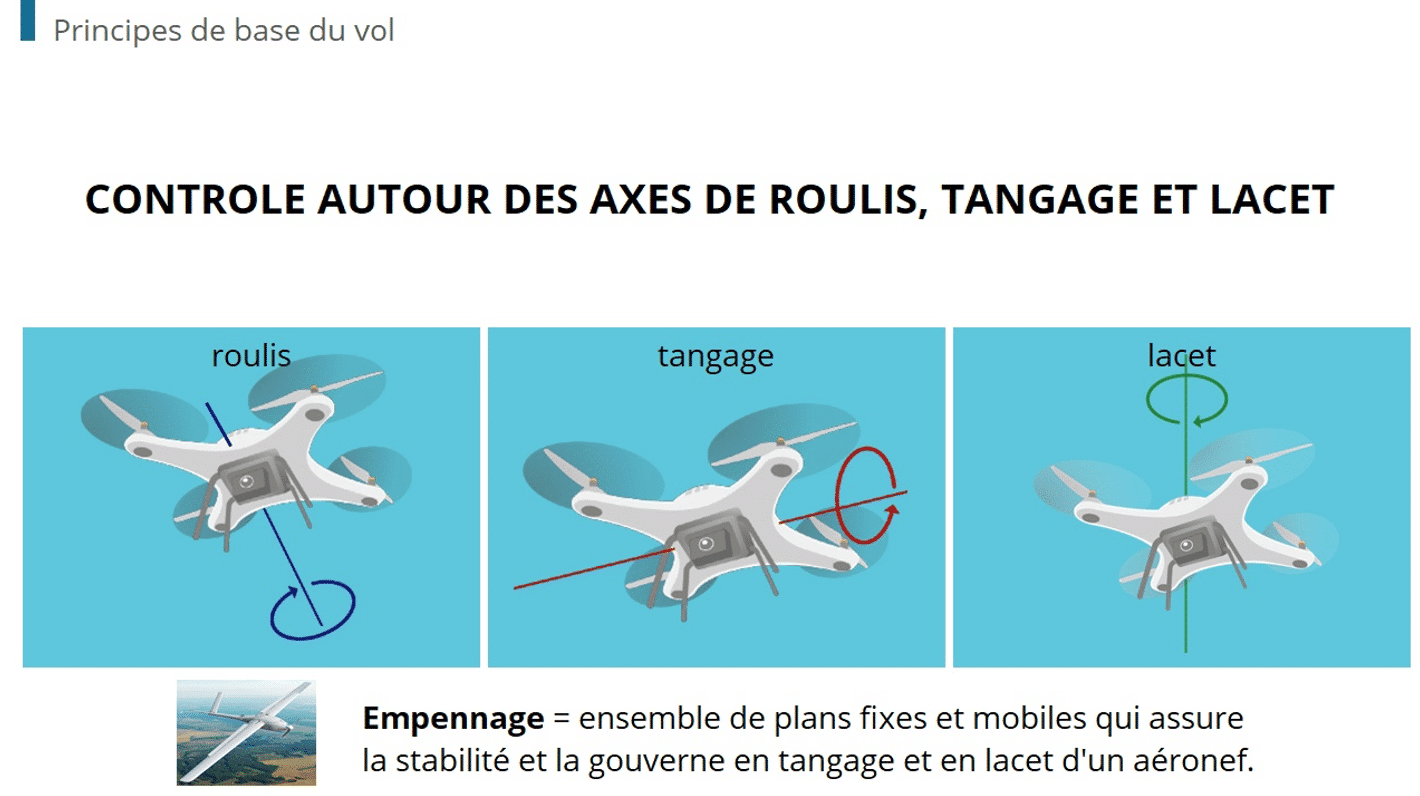Content checklist to ensure your elearning training stimulates, motivates and encourages your learners through reflecting their daily lives and expectations
1. Give your elearning training a human character
To stimulate the interest of your learners, anchor your elearning presentations, examples and exercises in reality. Bring to life a cast of characters, in real situations, that closely resemble the daily lives of your learners. Illustrate your content with photos, images and videos taken within your company if possible. This will help trainees identify with them more easily.
2. Use your own experience
Training should tell a story. To be closer to the everyday experiences of your learners, draw on your own resources and memories. It’s important to offer concrete examples. Don’t conceive new situations, but instead use simple illustrations that speak to all the company’s employees.
3. Be interactive
An elearning should involve learners as much as possible. Use as many interactive activities as you can: testing, various quizzes, multiple choice, drag and drop, clicking on images, fill in the gaps, serious games, referrals to external resources, etc. Create a sense of progression in the learning by offering activities that are increasingly complex, creative and interactive. The questions should gradually ask for more and more resources.
4. Allow certain breaks
In parallel, from time to time it is necessary to let your learners breathe by offering them more passive content, such as a video. This brings rhythm to the elearning, giving learners the time and opportunity to assimilate what they have learned.
5. Localise
We tend to forget in international companies that it’s particularly important to place the student in a familiar setting. If you organise a training for diffusion in several countries, create a dedicated module by country or by region. Another option may be to devise a formula by department, but which can be applied internationally. This option is only possible if there is an identified corporate culture and working language common to all employees.
6. Don’t forget the calls to action!
One last point, finish your modules by clearly and concisely inciting an action. This unequivocally creates an urgency to move to the next step of the training. These should indicate the content to be studied.
To implement an elearning training that’s effective and close to your employees’ expectations, contact Dokeos.








































